YSI.com’s Top 10 Most-Read Water Blogs of 2024
Reflecting on 2024, we’re proud to have shared compelling stories and vital information about water monitoring challenges and solutions that help protect our precious water resources. From the ocean's depths to boiling rivers in Peru, from hazardous areas in wastewater facilities to pristine chalk streams in England, our blog covered diverse topics that matter to environmental professionals, researchers, and water quality enthusiasts worldwide.
Here are our top 10 most-read blog posts of 2024, each offering unique insights into the complex world of water monitoring and environmental protection.
____________________________________________________________________________
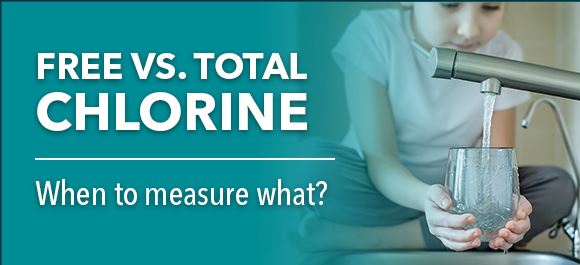
Chlorine-based disinfectants provide a more potent residual effect than other disinfectants; therefore, they play a vital role in a municipality’s distribution network and remain the disinfectant of choice for drinking water plants.
In this article, we explore the differences between free chlorine and total chlorine and discuss the applications in which each should be measured.
>>> Master Your Chlorine Monitoring
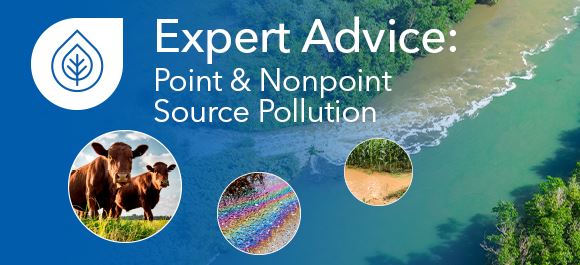
Understanding pollution sources is crucial for effective water quality monitoring. This article breaks down the key distinctions between point source pollution (e.g., wastewater treatment outfalls and industrial discharge) and nonpoint source pollution (e.g., urban runoff and agricultural activities).
Learn how different monitoring approaches and strategies can help water quality professionals tackle these challenges.
>>> Explore Pollution Sources

In the vast expanse of the Pacific Ocean lies a haunting reminder of the U.S.’ nuclear testing legacy—Runit Dome.
The dome symbolizes the dual tragedies of a changing climate and a toxic past, both present realities the Marshall Islands, distant from much of the world’s eyes, are left to confront.
In this blog, see how the Marshallese, amidst the beauty and isolation of their Pacific home, face disasters not of their making—an aging, leaking concrete tomb filled with the radioactive remnants of Cold War-era experiments and the rising tides of climate change.
>>> Learn About the Dome
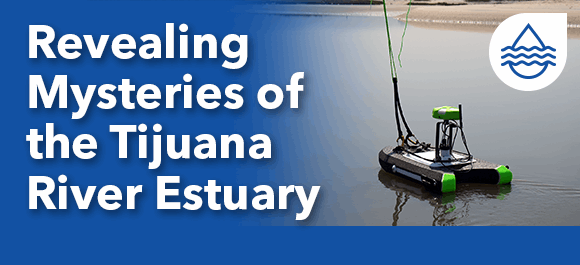
To put it bluntly, the situation around the Tijuana River and its estuary just north of the U.S.-Mexico border stinks.
Once a seasonal river with a sprawling estuary, the Tijuana River has taken to flowing year-round with what Tijuana River National Estuarine Research Reserve (TRNERR) lead science coordinator Jeff Crooks calls "urban drool"—runoff from irrigation, car washing, sidewalk scrubbing, and other human uses. Worse, the failure of two of the four wastewater treatment plants on the river in recent years has led to summer flows that are almost pure, raw sewage entering the Pacific at the mouth of the Tijuana.
This blog explores how scientists employ acoustic Doppler current profilers (ADCPs) and other instruments to understand and address this unique ecosystem’s environmental challenges.
>>> Discover the Research
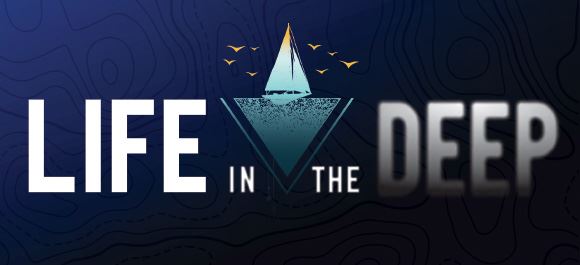
The hadal zones—the deepest trenches in the ocean—are the least explored places on Earth. Alan Jamieson is one of the few humans who have ever been to this environment, where sunlight does not reach, temperatures barely rise above freezing, and pressure can be 1,000 times greater than at the surface.
Learn about life in the hadal zones—including some of Alan’s record-breaking discoveries—and see how the deep ocean may not be as terrifying as you think.
>>> Journey to the Hadal
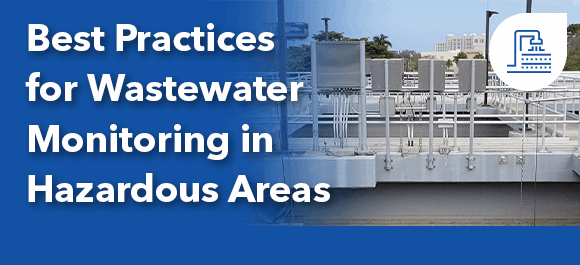 .
.
Hazardous areas are common in wastewater treatment plants due to the gases released during wastewater processes. When exposed to ignition sources such as electrical equipment, these gases pose a fire risk. It’s crucial to follow guidelines established by the National Fire Protection Association (NFPA) to address these risks.
This blog serves as a guide for wastewater professionals working in dangerous environments. Learn about how hazardous areas are categorized and the equipment considerations you should keep in mind to ensure personnel and infrastructure are protected.
>>> Essential Safety Practices
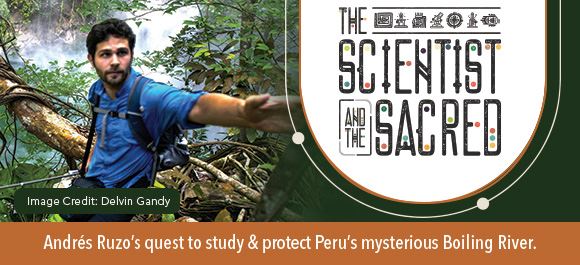
Deep in the heart of the Amazon is Peru's mysterious Boiling River, a junction of modern science and long-held spiritual beliefs.
Follow Andres Ruzo's quest to find, map, and study a river considered sacred by local communities for centuries. Experience his transformation from a curious researcher to a global advocate, sharing the river's story with over 800 million people worldwide.
>>> Journey to the Boiling River
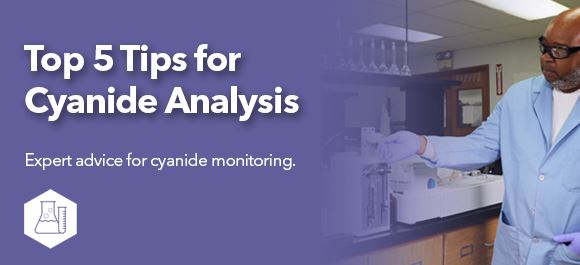
Master the complexities of cyanide monitoring with expert insights on sample preparation, method selection, and quality control.
This practical guide helps laboratory professionals optimize their analytical processes and ensure reliable results in this critical area of water quality testing.
>>> Master Cyanide Testing

Maximize your water quality monitoring capabilities with EXO University’s comprehensive video training series!
This article highlights how these expert-led tutorials can enhance your monitoring program’s efficiency and data quality, whether you’re new to water quality monitoring or a seasoned professional.
>>> Start Learning
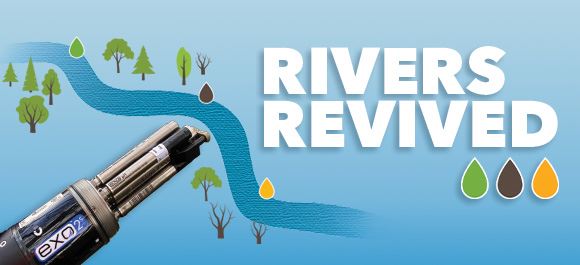
In November 2021, an innovative framework for environmental protection became law in England. This legislation aims to improve air and water quality, tackle waste, increase recycling, halt species decline, and improve our natural environment.
In this blog, we explore why the act was passed—and what makes it so unique!
>>> Learn About the Legislation
Stay at the forefront of water quality innovation! Subscribe to our blog for exclusive customer success stories, expert analysis, and product tips delivered straight to your inbox.